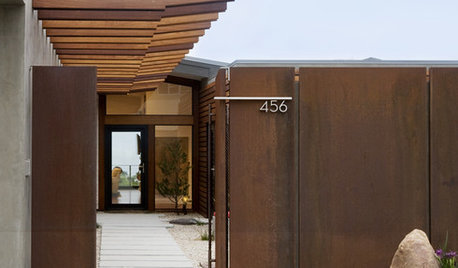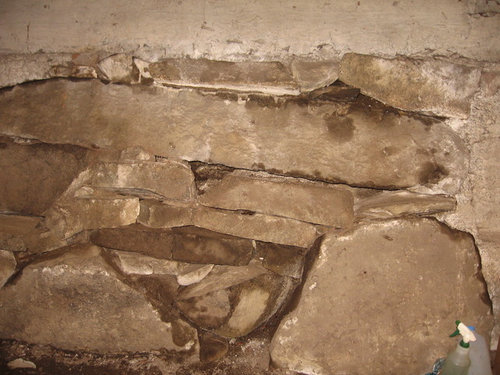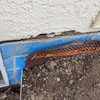Fieldstone foundation--how to plug big gaps?
mainegrammy
10 years ago
Featured Answer
Comments (11)
worthy
10 years agomainegrammy
10 years agoRelated Professionals
Galena Park General Contractors · Browns Mills General Contractors · Citrus Heights General Contractors · Coshocton General Contractors · Schertz General Contractors · Daly City Architects & Building Designers · Dayton Architects & Building Designers · Doctor Phillips Architects & Building Designers · Fayetteville Architects & Building Designers · ‘Ewa Beach Flooring Contractors · Kendall West Flooring Contractors · Lexington Flooring Contractors · Mount Vernon Flooring Contractors · Plainfield Flooring Contractors · Turlock Flooring Contractorsworthy
10 years agomainegrammy
10 years agoedlincoln
10 years agoAAA333
10 years agoAAA333
10 years agomainegrammy
10 years agoKathrynne Willhoite
2 years agomainegrammy
2 years ago
Related Stories

KITCHEN DESIGNNew This Week: 4 Subtle Design Ideas With Big Impact for Your Kitchen
You’ve got the cabinets, countertops and appliances in order. Now look for something to make your space truly stand out
Full Story
HOUSEKEEPINGWhat's That Sound? 9 Home Noises and How to Fix Them
Bumps and thumps might be driving you crazy, but they also might mean big trouble. We give you the lowdown and which pro to call for help
Full Story
HOUZZ TVHouzz TV: Fun Family Living in 980 Square Feet
In a place known for going big, a family of 4 opts for creative space savers and subtle luxuries instead
Full Story
MOST POPULAR8 Things Successful Architects and Designers Do
Good architects tell a story and engage the senses. They understand the rules — and know when to break them
Full Story
GARDENING AND LANDSCAPING6 Ways to Rethink Your Patio Floor
Figure out the right material for your spring patio makeover with this mini guide to concrete, wood, brick and stone
Full Story
LIFEHouzz Call: What Has Mom Taught You About Making a Home?
Whether your mother taught you to cook and clean or how to order takeout and let messes be, we'd like to hear about it
Full Story
BEFORE AND AFTERSReader Project: California Kitchen Joins the Dark Side
Dark cabinets and countertops replace peeling and cracking all-white versions in this sleek update
Full Story
MONTHLY HOME CHECKLISTSYour Fall Home Maintenance Checklist
Prep your house and yard for cold weather with this list of things to do in an hour or over a weekend
Full Story
STANDARD MEASUREMENTSThe Right Dimensions for Your Porch
Depth, width, proportion and detailing all contribute to the comfort and functionality of this transitional space
Full Story
DECKSDecking Materials Beyond Basic Lumber
Learn about softwoods, tropical hardwoods, composites and more for decks, including pros, cons and costs
Full StoryMore Discussions











mainegrammyOriginal Author